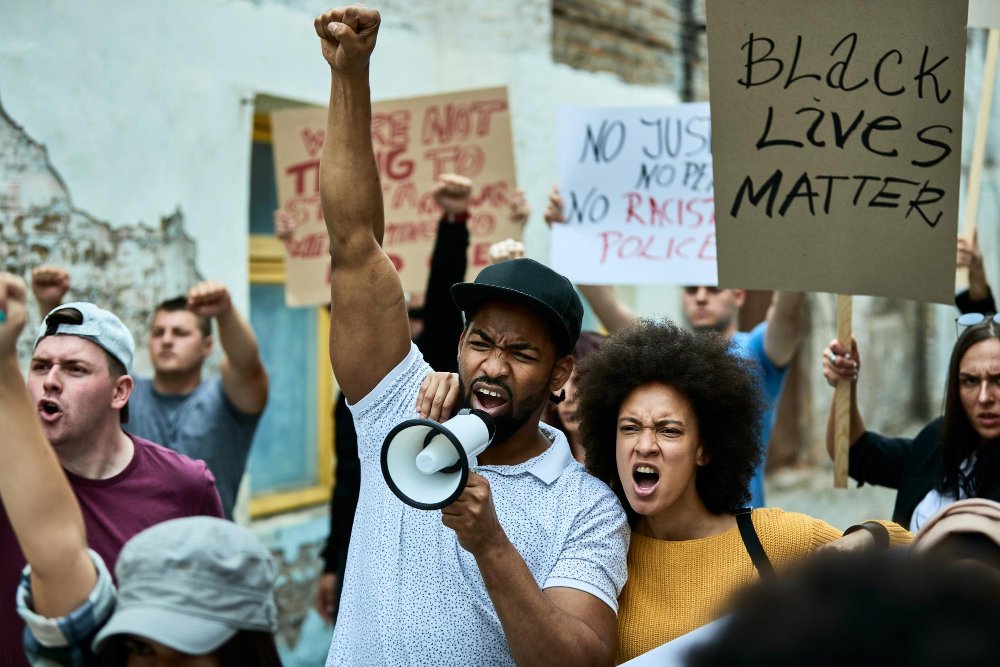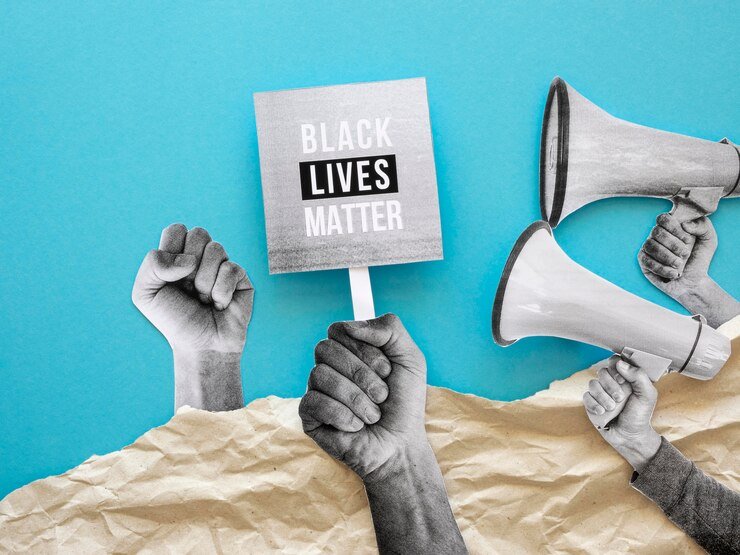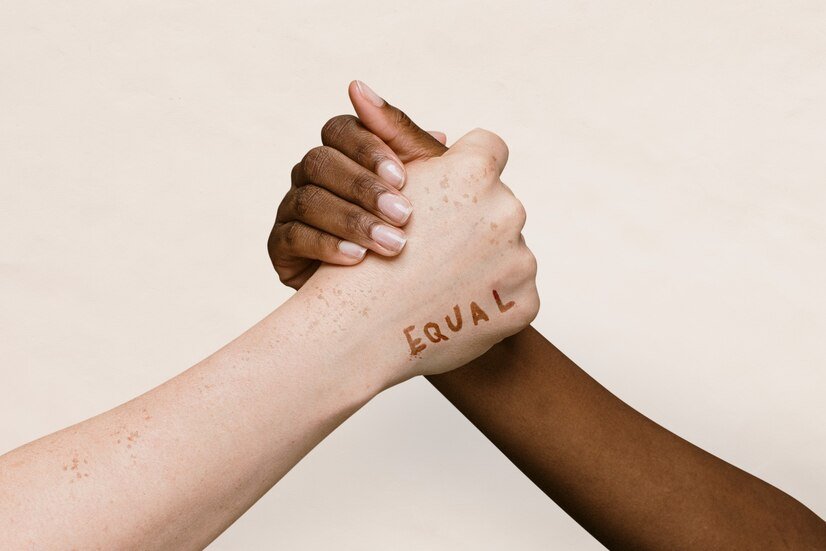Canada’s National Day for Truth and Reconciliation serves as a solemn occasion to reflect on the tragic history of Residential Schools and to pay tribute to Indigenous children, Survivors, their families, and communities. Observed annually on September 30th, this federal statutory holiday, also known as Orange Shirt Day, is dedicated to honoring the resilience of Residential School Survivors and their enduring legacies.
For many non-Indigenous Canadians, grasping the concept of reconciliation and finding meaningful ways to engage can be challenging. This guide aims to shed light on the significance of the National Day for Truth and Reconciliation, provide insights into the Indigenous perspective on reconciliation, and offer strategies for more meaningful participation.
National Day for Truth and Reconciliation:
During the 19th and 20th centuries, First Nations, Métis, and Inuit children were forcibly removed from their families to attend Residential Schools across Canada. Recent discoveries of unmarked graves have highlighted the devastating toll of these institutions, with estimates suggesting that over 6,000 children lost their lives while attending. Survivors of Residential Schools often endured the traumatic loss of their cultural identity, language, and family connections.
The National Day for Truth and Reconciliation presents an opportunity for Canadians to reflect on our collective history and commit to learning from past injustices. It serves as a call for both Indigenous and non-Indigenous communities to come together in the spirit of compassion and understanding, shaping a more compassionate future.
What does reconciliation mean?
Wanda Brascoupé, curator of Unite for Change’s Indigenous Peoples Solidarity Fund, offers insights into reconciliation from an Indigenous perspective. She describes it as a pivotal moment of acknowledgment, recognizing the painful realities of the past and committing to preventing such atrocities from recurring. Reconciliation involves learning about and understanding this dark chapter of history while approaching it with compassion and empathy.
To actively engage in reconciliation, individuals can:
- Find motivation through personal values: Rather than relying on prescriptive “how-to” lists, individuals are encouraged to explore their own motivations and values to foster a deeper connection with reconciliation.
- Integrate Indigenous knowledge into interests: Whether it’s through music, astronomy, movies, or dance, individuals can explore Indigenous creativity and brilliance in areas aligned with their passions.
- Listen to Indigenous podcasts: Award-winning podcasts offer valuable insights into the experiences of Residential School Survivors and the importance of Indigenous voices in shaping reconciliation efforts.
- Explore Indigenous territories: Using resources like Native-Land.ca, individuals can educate themselves about the history and people of the land they inhabit, gaining a deeper understanding of Indigenous territories and cultures.
- Support Indigenous-led charities: Donating to Indigenous-led charities that align with personal interests allows individuals to contribute tangibly to reconciliation efforts. Organizations like Unite for Change’s Indigenous Peoples Solidarity Fund provide opportunities to support a wide range of Indigenous initiatives across Canada.
By embracing these strategies, Canadians can actively participate in reconciliation efforts, honoring the resilience and enduring legacies of Indigenous communities on the National Day for Truth and Reconciliation and throughout the year.




